Sotheby’s became the first major auction house to drop the word ‘tribal’ from its sales of African art more than 25 years ago, and was also the first to exhibit highlights of its African pieces alongside works of modern art and design. ‘It might seem obvious now, but looking back it was an intentional decision we took to integrate the African objects with fine art as a way of calling attention to their tremendous sculptural quality,’ explains Jean Fritts, International Chairman of Sotheby’s African & Oceanic Art Department. On 29 June, the auction house goes a step further, offering a work of classical African art in a contemporary art evening sale for the first time. This is the Fang-Betsi reliquary head from the collection of Sidney and Bernice Clyman, dubbed by Sotheby’s the ‘Clyman Fang Head’ and hailed as ‘one of the greatest masterpieces of African art remaining in private hands’.
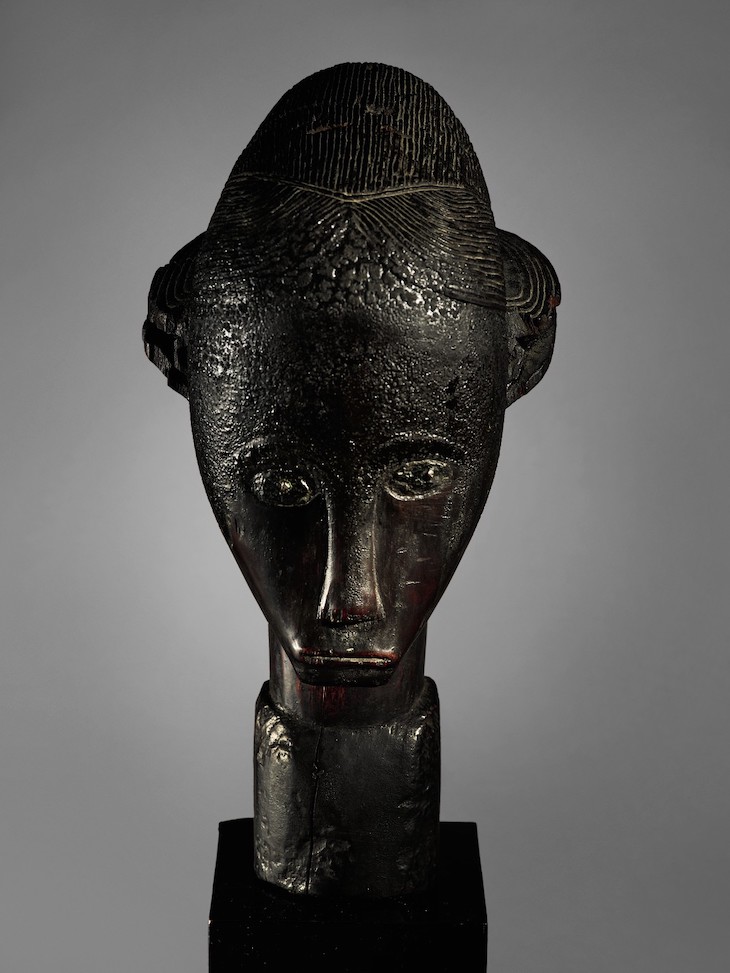
Reliquary head (19th century), Fang-Betsi people, central Africa. Courtesy Sotheby’s
Alexander Grogan, Vice President and Head of Sotheby’s African & Oceanic Art Department in New York, explains that he wanted to offer the sculpture ‘on the most prominent possible stage and reach the most powerful art collectors in the world’. Auction houses have used comparable strategies in recent years; while Christie’s inclusion of Leonardo da Vinci’s Salvator Mundi in a contemporary art evening sale is the most sensational example, we have long seen the likes of a Raphael drawing or an outstanding Dürer print in evening sales of Old Master paintings. This was no last-minute decision prompted by a perceived shortage of top-class material. The idea of including the Fang head in a contemporary evening sale alongside the best of the Clymans’ post-war paintings was pitched to the sons of the collectors back in October. As their parents were advocates of the art of Africa and wished it to be more widely appreciated, the concept appealed.
The response of David Galperin, head of the evening sale, was also telling. What struck him most when he first saw the sculpture was that it appeared ‘so radical and purely modern’. Where better to position it than in dialogue with works by Picasso, Modigliani and Basquiat – artists who were deeply influenced by African art? Certainly, the Clyman Fang head is as reminiscent of Modigliani as any piece of African art one could hope to find, and while there is no evidence that the artist saw this tour de force in Paris, he may have done. As Louis Perrois writes in the auction catalogue, ‘The Clyman Fang head is one of the few iconic masterpieces of sub-Saharan African sculpture that arrived in Europe at the beginning of the 20th century and was immediately appreciated by the avant-garde community for its harmonious yet bold composition and the elegance of its sculptural details and headdress.’ The neck of the figure is a perfect cylinder, with the symmetrical geometries of the features, head, hair and headdress balanced above it, while the profile is strikingly streamlined. It is uncertain whether the effigy is male or female, but the delicacy of the proportions suggests the latter. For Grogan, ‘The sculpture is exquisite – tremendously beautiful from every angle, and with a powerful emotional and spiritual quality.’
The piece is also prized, Grogan says, for having belonged to Charles Ratton – along with Paul Guillaume, one of the most important early French dealers and connoisseurs of African art. Ratton published the head in 1931 in his book Masques Africains. Shortly afterwards, he sold it to James Johnson Sweeney, the curator who organised the exhibition ‘African Negro Art’ at the Museum of Modern Art in New York in 1935 – the first museum show in the US to present these works as art rather than ethnography. Sweeney kept the piece in his apartment, designed by Mies van der Rohe, alongside works by Miró, Mondrian and Calder. At the sale of his estate at Sotheby’s in 1986, the head – estimated at $10,000–$15,000 – was bought for $107,250 by the designer William McCarty-Cooper, who had inherited the celebrated collection of Picassos and other cubist artworks amassed by the art historian Douglas Cooper. The sculpture last appeared on the market in 1992 when the Clymans purchased it for $350,000. Since then it has been widely exhibited, and was chosen as the frontispiece of the exhibition catalogue for ‘Eternal Ancestors: Art of the Central African Reliquary’, at the Metropolitan Museum of Art in New York in 2007–08. Such a provenance and exhibition history are surely sufficient to reassure even the most cautious novice buyer.
For specialist collectors, the rarity of the piece adds to its allure – there are far fewer surviving Fang heads than figures. Such heads were generalised representations of ancestors, placed at the summit of portable altars containing precious relics. Grogan believes that probably fewer than 200 survive, of which 10 could be categorised as masterpieces, with this one in his top five. It appears to have been made by the same hand as an example now in the Morris J. Pinto collection. The piece also bears witness to ritual use, which many collectors particularly value. Accumulations of resinous palm oil are evident on the forehead and braids, while the craquelure on the top of the forehead points to an early – that is, 19th century – date. Wooden sculpture does not tend to last very long in equatorial forests, even where it is exposed to the elements only occasionally.
Central African reliquary sculpture has been described by the curator Alisa LaGamma as the ‘summit of African creativity’. In 2006, a Fang mask from the Verité Collection sold for €5.8m ($7.2m), which remained the highest price paid for an African work of art at auction for eight years (the record now stands with a Senufo figure, which changed hands in 2014 for $12m). In 2014, a Fang Mabea statue sold for €4.3m, while a Fang-Betsi head fetched $3.6m the same year. The Clyman Fang head comes to the block at Sotheby’s Contemporary Art evening sale bearing a conservative estimate of $2.5m–$4m, while 32 further pieces from the Clymans’ African collection, mostly acquired during the 1960s and ’70s, are offered on 30 June.
The Collection of Sidney and Bernice Clyman is on sale at Sotheby’s Contemporary Art evening sale on 29 June in New York.
Unlimited access from just $16 every 3 months
Subscribe to get unlimited and exclusive access to the top art stories, interviews and exhibition reviews.

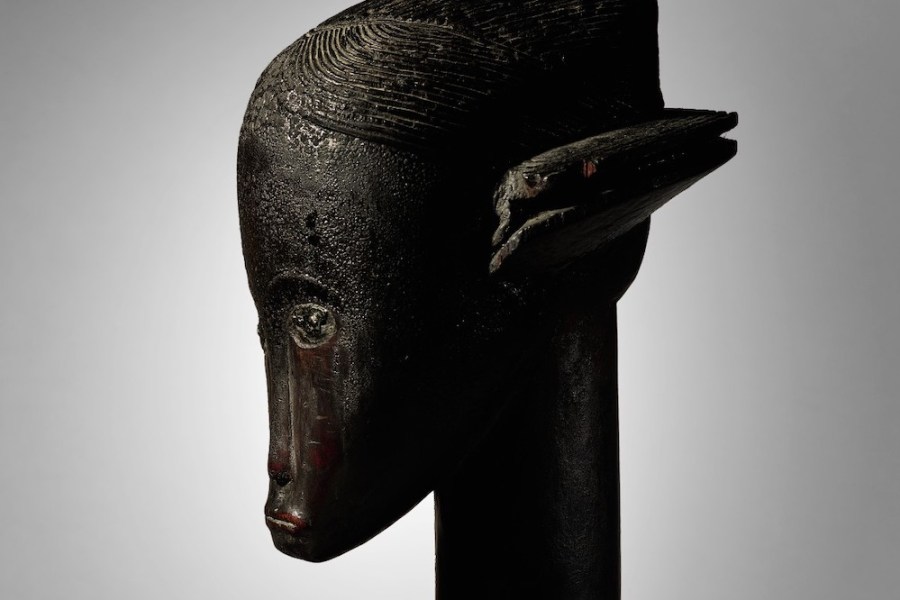
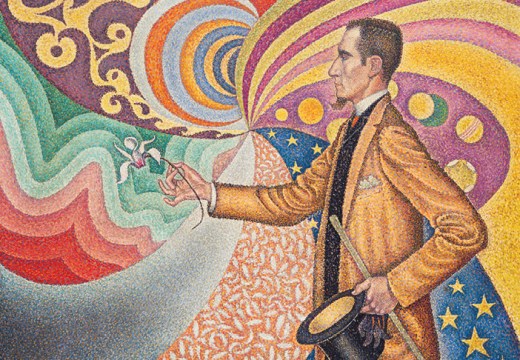
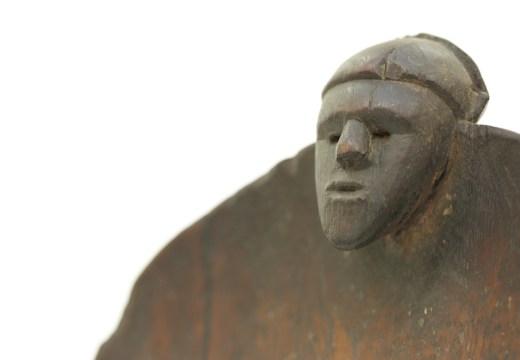
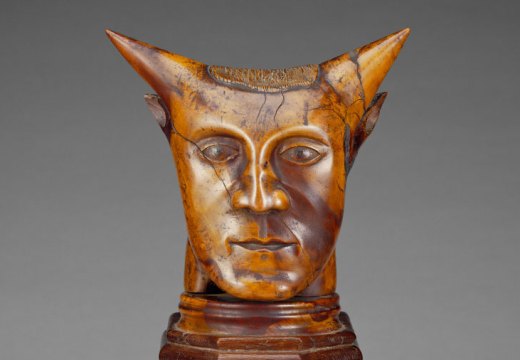









![Masterpiece [Re]discovery 2022. Photo: Ben Fisher Photography, courtesy of Masterpiece London](http://www.apollo-magazine.com/wp-content/uploads/2022/07/MPL2022_4263.jpg)
It’s time for the government of London to return to its rightful home